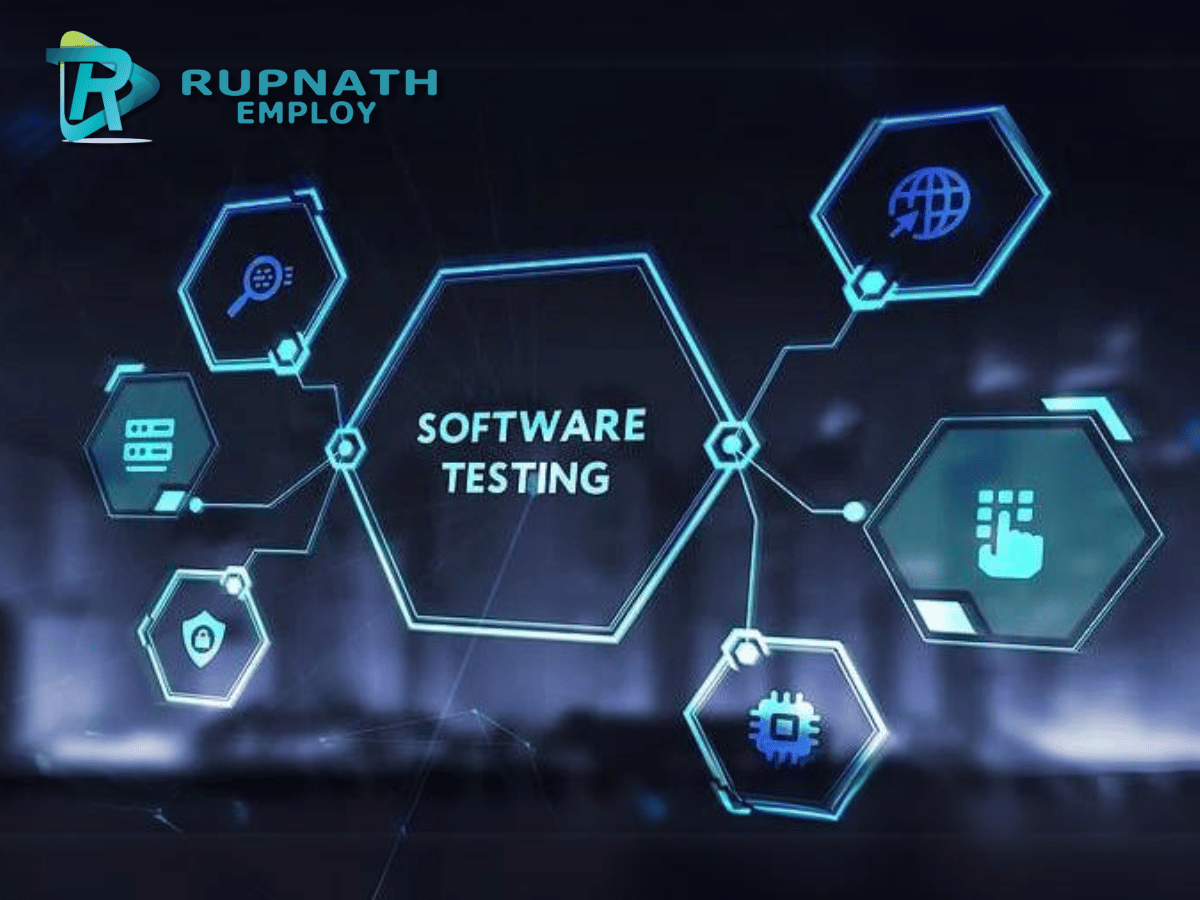Software Testing Course

About Course
Manual Testing
Introduction to Software Testing
Software testing is an essential part of the software development process, ensuring that a product meets quality standards before release. Quality products are identified by their reliability, usability, and performance. Testing is broadly categorized into three types: White Box Testing (where the internal workings of an application are tested), Grey Box Testing (a mix of White and Black Box Testing), and Black Box Testing (testing without knowledge of the internal workings).
Types of Testing
Levels of Testing
- Functionality Testing/Component Testing: Testing individual components for their functionality.
- Integration Testing: Ensures that combined components work together.
- System Testing: Verifies that the complete and integrated software system meets the requirements.
- Build, Release, and Patch Management: Managing different versions of the software for testing.
- Test Cycle and Continuous Integration: Ensuring ongoing integration and testing during the development process.
- Incident Management: Handling and documenting issues found during testing.
- Software Architecture and Testing: Testing based on the software’s architecture, whether it’s a web application, client-server application, or standalone application.
Acceptance Testing
- Alpha Testing: Conducted by internal staff at the developer’s site.
- Beta Testing: Conducted by actual users at their own location.
- Smoke Testing/Sanity Testing/Dry Run: Initial testing to check if the basic functionalities work.
- Adhoc Testing: Unplanned testing without test cases.
- Exploratory Testing: Testing simultaneously while exploring the application.
- Compatibility Testing: Ensuring software works across different environments and platforms.
- Performance Testing: Checking how the system performs under a particular workload.
- Accessibility Testing: Ensuring the software is accessible to people with disabilities.
- Globalization Testing/Internationalization Testing/Localization Testing: Ensuring the software works in different regions and languages.
- Regression Testing: Ensuring new changes haven’t broken existing functionalities.
- End-to-End Testing: Testing the complete application in a real-world scenario.
- Static Testing: Reviewing the code, requirement documents, and design documents to find errors.
- Dynamic Testing: Executing the code and validating the output against the expected outcome.
Quality Assurance and Quality Control
Software Development Life Cycle (SDLC)
- Waterfall Model: A linear and sequential approach.
- Spiral Model: Combines iterative development with systematic aspects.
- Prototype Model: Involves creating a prototype of the software to understand the requirements.
- V&V Model: Involves verification and validation.
- Hybrid Model: Combines elements from different SDLC models.
- Agile Methodology: A flexible and iterative approach.
- Agile Scrum and Agile Kanban: Popular frameworks for implementing Agile methodology.
Software Testing Life Cycle (STLC)
STLC involves multiple phases including test planning, test design, test execution, and test closure.
Test Reports
- Test Traceability Matrix: Ensures all requirements are covered by test cases.
- Test Execution Reports: Document the results of the test execution.
Test Case Development/Test Case Preparation
- Test Case Design Techniques: Based on specification and experience.
- Test Case Format: Structure and format of writing test cases.
- Functional, Integration, and System Test Cases: Different types of test cases to validate specific functionalities and integrations.
- Procedure To Write and Execute Test Cases: Guidelines for writing and executing test cases.
- Test Case Review Process: Reviewing test cases for completeness and accuracy.
Test Management Tools
- QC and JIRA: Popular tools used for test management and defect tracking.
- Steps To Raise Bugs: Documenting and managing defects in the software.
- Defect Life Cycle: The lifecycle of a defect from discovery to resolution.
- Severity and Priority of Defects: Categorizing defects based on their impact on the software.
Introduction to Mobile Application Testing
Capstone Projects
Automation Testing (Selenium, API, WebDriver)
Automation testing includes using tools like Selenium for testing web applications and APIs. It provides efficiency and accuracy over manual testing.
Courses and Career Opportunities
Completing a software testing course opens up numerous career opportunities, providing practical skills in both manual and automated testing. The course is beneficial for fresh graduates, software developers, IT professionals, and career changers looking to enhance their testing skills.
Our Trainer
Milan Hirankhede, an experienced Software Test Automation Engineer, provides expert training in manual and automated testing, ensuring a comprehensive understanding of testing methodologies and tools.
Career Services
RupnathEmploy offers career counseling, resume building, job search assistance, interview preparation, and networking opportunities to help students transition into the professional world.
Benefits of Joining Software Testing Course
Joining a software testing course offers career opportunities, skill development, flexibility, expert guidance, and the chance to stay current with industry trends. It’s a cost-effective way to enhance your skills and advance your career in the IT industry.
Course Content
Manual Testing
-
Introduction to Software Testing
00:00 -
Quality Product Parameters
00:00 -
Types of Testing:
00:00 -
Levels of Testing:
00:00 -
Quality Assurance and Quality Control
00:00 -
Software Development Life Cycle (SDLC)
00:00 -
Software Testing Life Cycle (STLC)
00:00 -
Test Reports
00:00 -
Test Case Development/Test Case Preparation
00:00 -
Test Management Tools
00:00 -
Steps To Raise Bugs
00:00
Automation Testing Topics (Selenium, API, WebDriver)
Additional Modules
Student Ratings & Reviews

